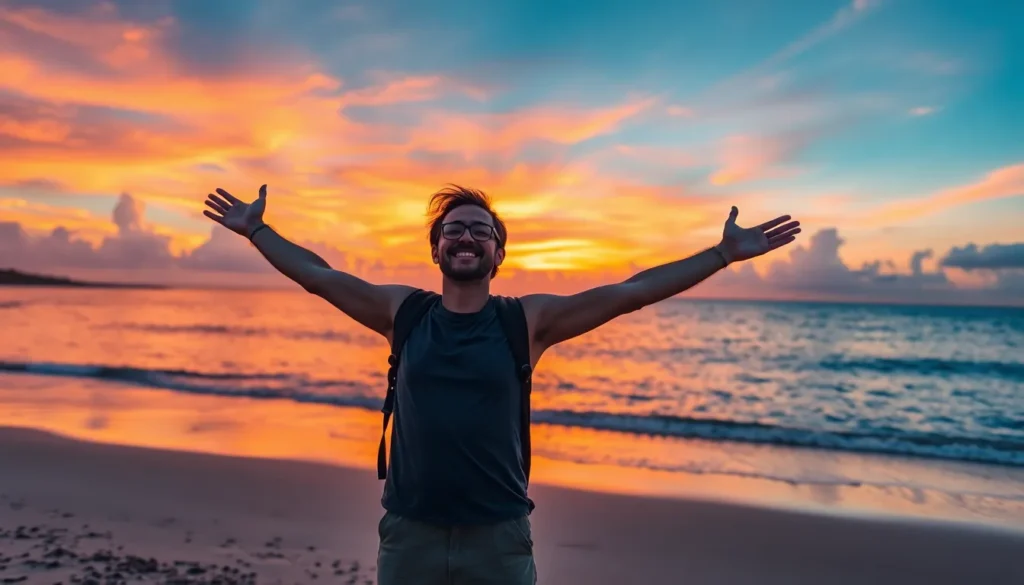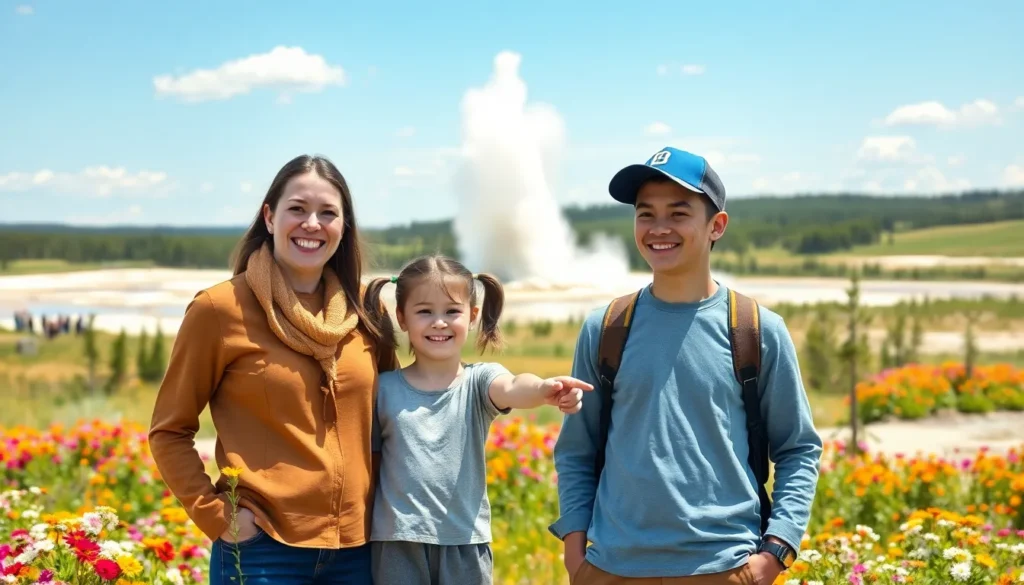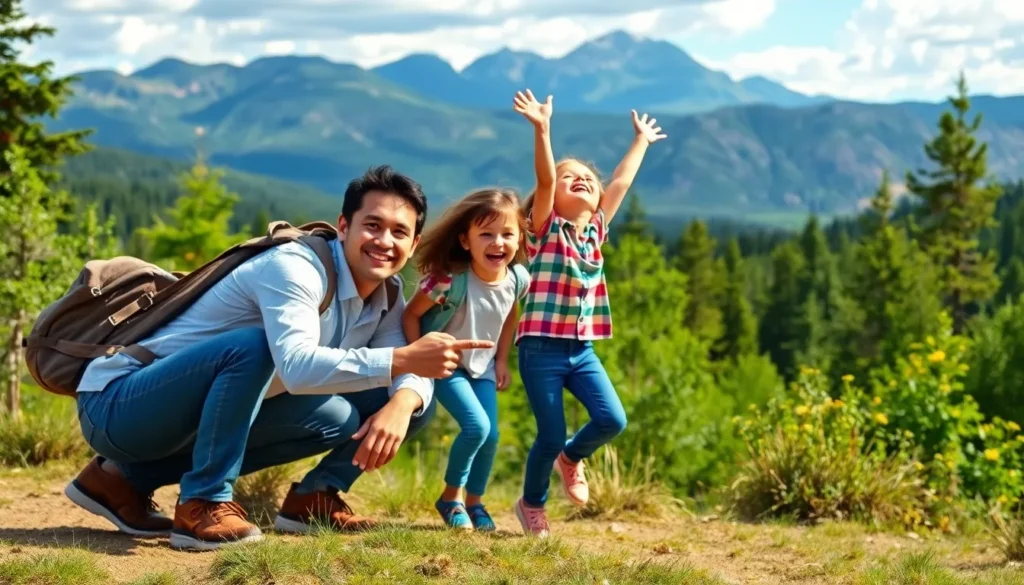In a world where wanderlust fuels dreams and travel influencers are the new rock stars, travel content has become the ultimate passport to adventure. Whether it’s a breathtaking sunset over Santorini or a hidden taco stand in Mexico City, the right travel content can whisk readers away on a virtual journey that leaves them craving more.
Travel Content
Travel content encompasses various forms of media that inspire exploration and adventure. Examples include blogs, videos, photos, and social media posts that highlight destinations and experiences.
Definition of Travel Content
Travel content refers to any information or media that showcases places, cultures, and experiences related to travel. This content can take many forms, such as articles, images, podcasts, or videos. Each type of travel content serves to inform or entertain audiences while encouraging them to explore new destinations. Influencers and travelers often create this content to share their unique experiences and insights.
Importance of Travel Content
Travel content plays a critical role in influencing travel decisions. It inspires potential travelers by providing visual and emotional appeal through captivating images and stories. Authentic travel experiences shared by real travelers create trust and engage audiences. Research shows that 83% of people discover new destinations through travel content. By showcasing local cultures, culinary experiences, and stunning landscapes, travel content motivates individuals to step outside their comfort zones and explore the world.
Types of Travel Content

Travel content encompasses various formats that engage and inform audiences. Each type plays a pivotal role in shaping travel experiences and decisions.
Blogging
Blogging serves as a primary vehicle for sharing detailed travel experiences. Travelers express personal narratives about destinations, showcasing hidden gems and cultural insights. Engaging writing connects emotionally, offering readers a glimpse into adventures. Consistent updates draw visitors to blogs, encouraging repeat engagement. Additionally, blogs can feature practical advice, such as itineraries and packing lists, essential for planning a trip. Unique storytelling fosters a sense of community among readers, inviting them to share their adventures.
Photography
Photography captures the essence of travel visually. Stunning images showcase breathtaking landscapes, local cuisines, and vibrant cultures, inviting viewers to explore new places. High-quality photos enhance storytelling, creating a vivid connection with an audience. Photographers often use social media platforms to share their work, reaching a broader audience. Engaging visuals stimulate interest and influence destination choices significantly. Users frequently discover new locations through image-sharing, making photography a vital aspect of travel content.
Video Content
Video content offers dynamic storytelling through sight and sound. With the rise of platforms like YouTube and TikTok, short clips entice viewers to experience destinations in real-time. Videos can include travel vlogs, destination guides, and tutorials, providing informative yet entertaining content. Creative editing techniques enhance engagement, bringing stories to life. Increased viewer retention often correlates with visually appealing videos, which can lead to greater influence on travel decisions. Engaging videos showcase local culture, cuisine, and activities, encouraging viewers to explore further.
Creating Engaging Travel Content
Crafting travel content requires a focus on storytelling and visual appeal. Engaging narratives and captivating visuals can significantly enhance audience interest.
Storytelling Techniques
Utilizing anecdotes captures attention and draws readers into the experience. Describing specific moments, like a local festival or an unexpected encounter, resonates more than general observations. Incorporating personal reflections can add depth, allowing readers to connect emotionally. Crafting a clear beginning, middle, and end helps structure the narrative effectively. Highlighting unique challenges or surprises experienced during travel encourages relatability. Offering practical advice along with the story enriches the reader’s journey, making the content both entertaining and informative. Authenticity remains vital; sharing genuine experiences builds trust and inspires exploration.
Visual Elements
Visuals play an essential role in travel content, as they draw readers in instantly. High-quality photographs can evoke emotion, showcasing the beauty of destinations. Integrating various angles and perspectives brings a dynamic feel to the narrative. Infographics presenting key travel tips or cultural insights provide quick, digestible information. Videos enhance storytelling by allowing viewers to experience sights and sounds directly. Utilizing captions enriches the visual experience with context, bridging the gap between visuals and narratives. Strong visual elements complement written content, creating a well-rounded and immersive experience.
Distributing Travel Content
Distributing travel content effectively maximizes its impact on audiences. It encompasses sharing across various platforms to reach diverse travelers.
Social Media Platforms
Social media platforms serve as vital tools for spreading travel content. Instagram captures stunning visuals, inviting users to explore different cultures through beautiful images. Facebook allows travelers to share experiences, organize events, and engage with communities. TikTok features short, creative videos that resonate with younger audiences. Each platform offers unique opportunities for interaction, including comments and shares, stimulating conversations around travel. According to statistics, 79% of social media users seek inspiration for their next trip on these platforms. By leveraging different social media channels, travel content creators can engage wider audiences effectively.
Travel Websites and Blogs
Travel websites and blogs act as prime resources for in-depth travel content. They provide comprehensive guides, personal stories, and itineraries that appeal to various interests. Detailed blog entries allow travelers to connect with authentic narratives and practical advice. Using SEO strategies enhances visibility, drawing in readers seeking travel insights. According to recent data, 60% of travelers prefer blogs when researching destinations. Consumers turn to these platforms for trustworthy information, reinforcing the importance of compelling content. Both travel websites and blogs foster deeper connections with audiences, resulting in increased trust and loyalty among readers.
Conclusion
Travel content continues to shape how individuals perceive and engage with the world around them. Its ability to inspire adventure and exploration is unmatched. Through captivating visuals and personal narratives, it creates a bridge between potential travelers and the experiences that await them.
As audiences increasingly turn to various platforms for inspiration, the demand for authentic and engaging travel content only grows. This evolving landscape highlights the importance of storytelling and high-quality visuals in creating memorable narratives. By effectively sharing diverse travel experiences, creators not only influence travel decisions but also foster a vibrant community of explorers eager to discover new cultures and landscapes.



